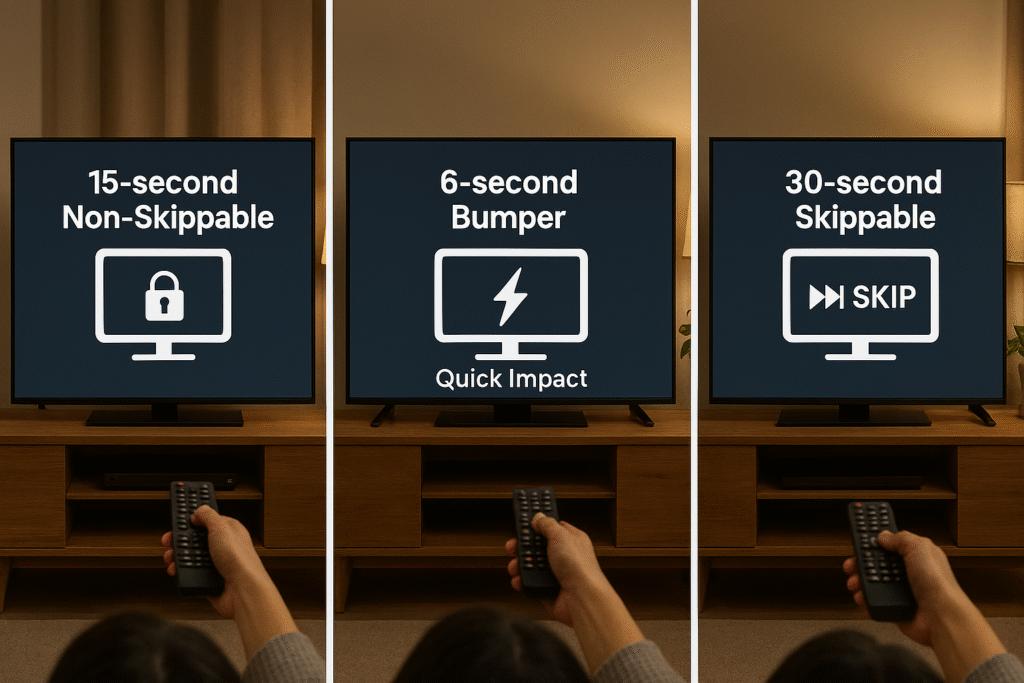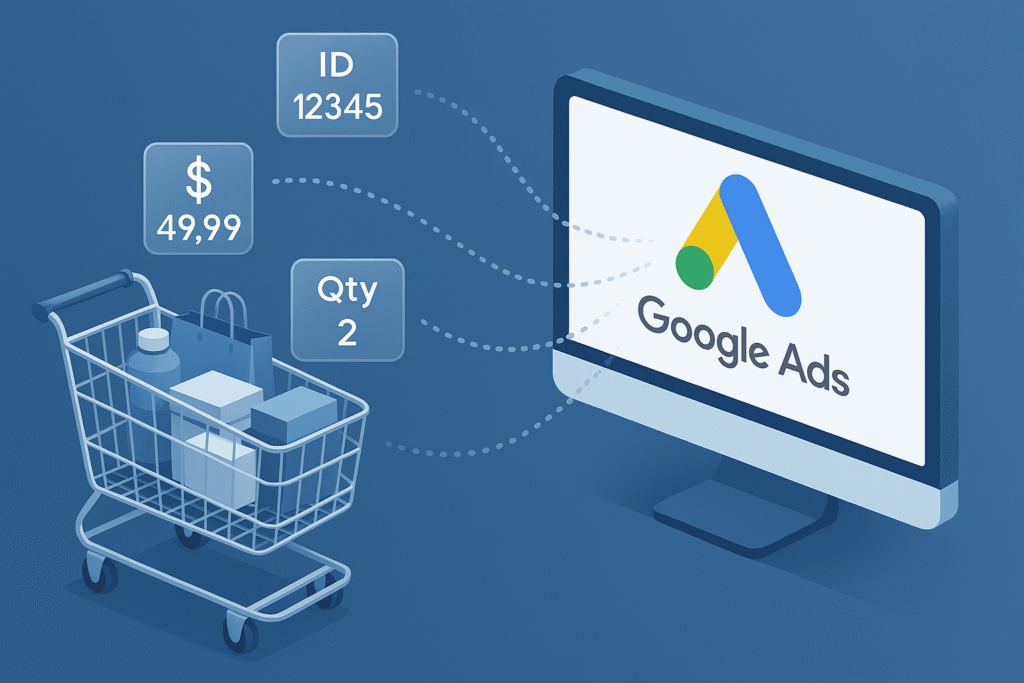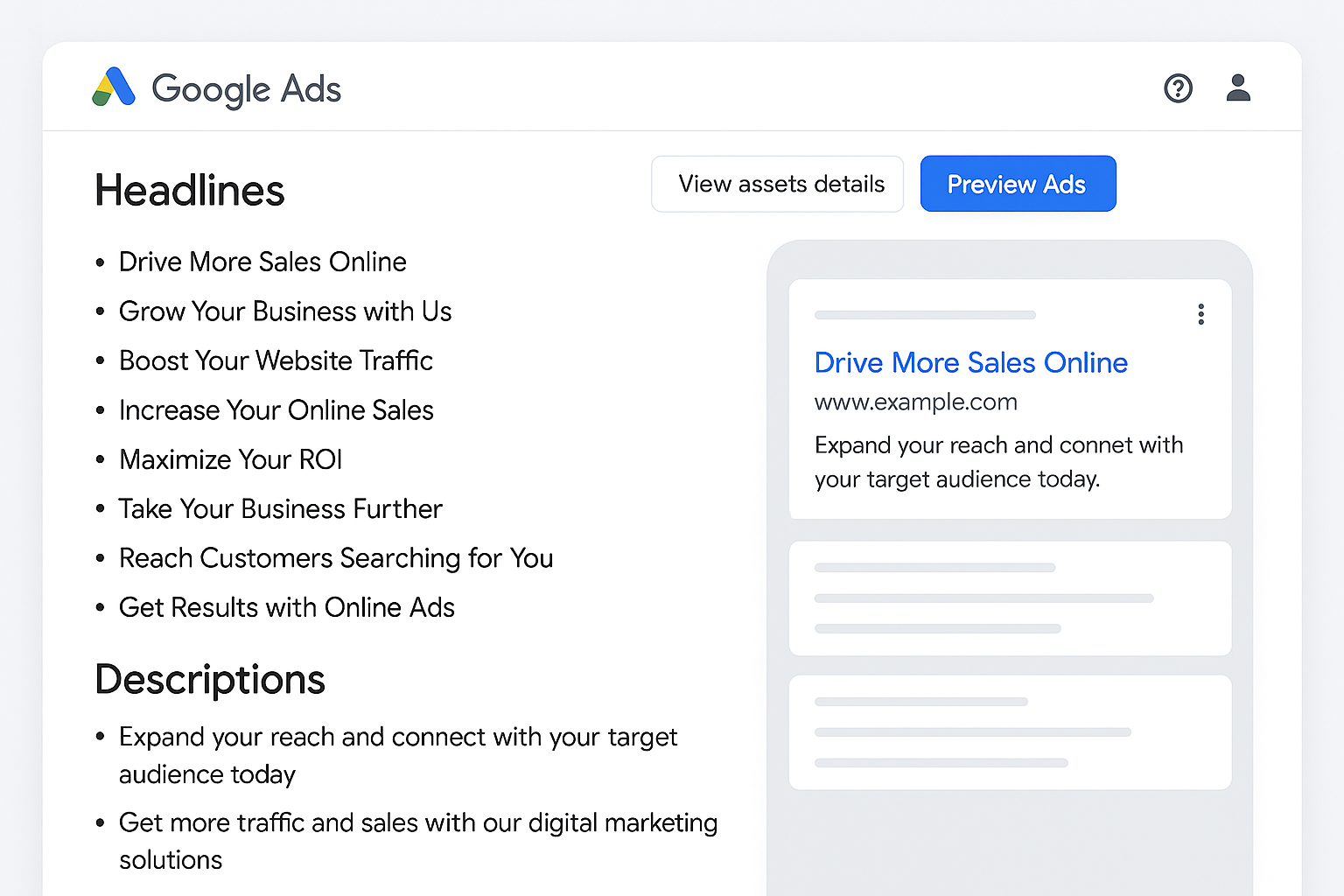If you have ever wondered how your business can get its ads on YouTube TV, Google has now provided a clear guide. The company has published a new help page that explains exactly what advertisers need to do to run campaigns on the popular streaming service. So, How Advertisers Can Get Their Campaigns on YouTube TV?
YouTube TV has become a major platform for reaching audiences who have moved away from traditional cable television. With millions of subscribers watching live channels, sports, and on-demand shows, it is a space that advertisers are increasingly eager to explore. Now, Google is giving them the playbook to make that happen. Master outreach using top social media marketing strategies that elevate ROI.
Where and How Advertisers Can Get Their Campaigns on YouTube TV
According to Google’s updated guidance, there are three main ways to place ads on YouTube TV. Advertisers can book them through reserved media placements, use Google Ads, or work with Display & Video 360, Google’s advanced campaign management platform.
Reserved media placements are typically booked directly with Google, allowing advertisers to secure specific ad slots in advance. Google Ads is the self-serve option that most advertisers are familiar with, and Display & Video 360 offers more advanced tools for those running large or complex campaigns.
No matter which method you choose, the campaign still needs to meet YouTube TV’s eligibility requirements before your ads can run. Repurpose smarter: Learn how to turn existing posts as ads and maximize your content.
What Makes an Ad Eligible
The eligibility criteria for YouTube TV ads are fairly straightforward, but they are also very specific. If you are planning to run ads through the auction system, here is what you need to know:

1. Accepted ad formats
YouTube TV currently allows the following types of auction ads:
- 15-second non-skippable in-stream ads bought with target cost-per-thousand impressions (tCPM). These ads play before or during a video and cannot be skipped by viewers.
- 6-second bumper ads bought with tCPM. These are short, impactful ads designed to deliver a quick message.
- 30-second skippable in-stream ads bought with tCPM. Viewers can skip these ads after five seconds, but you only pay if they watch to a certain point.
2. Music rights clearance
If your ad contains music, you need to make sure it is free of rights claims. That means you must either own the rights, have licensed the music properly, or use music from a rights-cleared source. Google will not approve ads that have unresolved music ownership issues.
3. Policy compliance
All ad categories are generally allowed on YouTube TV, as long as they follow Google Ads policies and YouTube TV-specific rules. However, political ads have additional requirements, such as verification of the advertiser’s identity and clear disclosure of who is paying for the ad.
The Creative Review Process
Before any ad appears on YouTube TV, it goes through a creative review process. This is Google’s way of checking that the ad meets all policy guidelines, does not contain prohibited content, and is suitable for the audience that will see it.
The review process is not just about compliance. Google also checks the technical quality of the ad to make sure it plays correctly on TV screens. Since YouTube TV is streamed on large devices, poor-quality visuals or audio can stand out more than they would on a mobile phone.
For advertisers, this means it is worth taking the time to double-check everything before submitting the ad. Make sure the video is high resolution, the sound is clear, and there are no copyright or rights issues with the images, music, or footage you are using. Stay compliant and informed: Learn what’s new in Google Ads API v21.
Why This Matters for Advertisers
Advertising on YouTube TV gives businesses access to a unique audience. These are viewers who prefer streaming but still watch the same kind of live and on-demand programming that traditional TV offers. That makes YouTube TV ads a bridge between digital and television-style advertising.
Because YouTube TV allows both non-skippable and skippable ad formats, advertisers can choose the level of viewer control they want to offer. For brand awareness campaigns, non-skippable ads may be more effective. For campaigns focused on engagement or lead generation, skippable ads can work well while being cost-efficient.
The fact that YouTube TV supports both short bumper ads and longer formats also gives advertisers flexibility in how they tell their story. A brand could run a quick 6-second teaser during one program and a 30-second full ad during another.
Political Advertising Rules
While most categories of ads simply need to follow standard policy guidelines, political ads come with extra steps. Google requires political advertisers to go through a verification process that confirms their identity and location.
In addition, political ads must include clear disclosures stating who paid for them. These rules are in place to ensure transparency and help viewers understand the source of the message they are seeing.
For advertisers in the political space, this means planning ahead. Verification can take some time, so starting the process early is important if you want to meet campaign deadlines.
Getting Started with YouTube TV Ads
If you are interested in running ads on YouTube TV, the first step is to decide how you will book them. Smaller advertisers may find Google Ads the easiest entry point, while larger advertisers or agencies may prefer Display & Video 360 for its advanced targeting and reporting capabilities.
Once you know your buying method, you can prepare your ad creatives in one of the eligible formats and make sure all rights and policy requirements are met. Submitting the ads early allows time for the review process and any needed adjustments before the campaign goes live.
It is also worth thinking about how YouTube TV ads fit into your overall marketing plan. Because these ads run on a television-style platform, they work well for storytelling and brand-building campaigns. You might want to align them with other digital ads you are running so the messaging feels consistent across platforms.
Final Thoughts
Google’s new help page makes it easier than ever to understand the rules and steps for advertising on YouTube TV. By clearly outlining eligibility requirements, accepted formats, and the review process, it gives advertisers a straightforward guide to follow.
For brands, YouTube TV represents a valuable opportunity to reach audiences who still enjoy traditional TV-style programming but prefer the flexibility of streaming. With the right creative and a little preparation, it is possible to deliver ads that look great on the big screen and connect with viewers in their living rooms. Hope so, now you know the answer to: How Advertisers Can Get Their Campaigns on YouTube TV?
In a competitive advertising world, having access to both digital precision and television presence is a powerful combination. With these new guidelines, Google is helping advertisers tap into that potential and get their messages in front of a highly engaged audience. Understand what it means now that Google Ads ends $0.01 conversion value, and what to do next.





